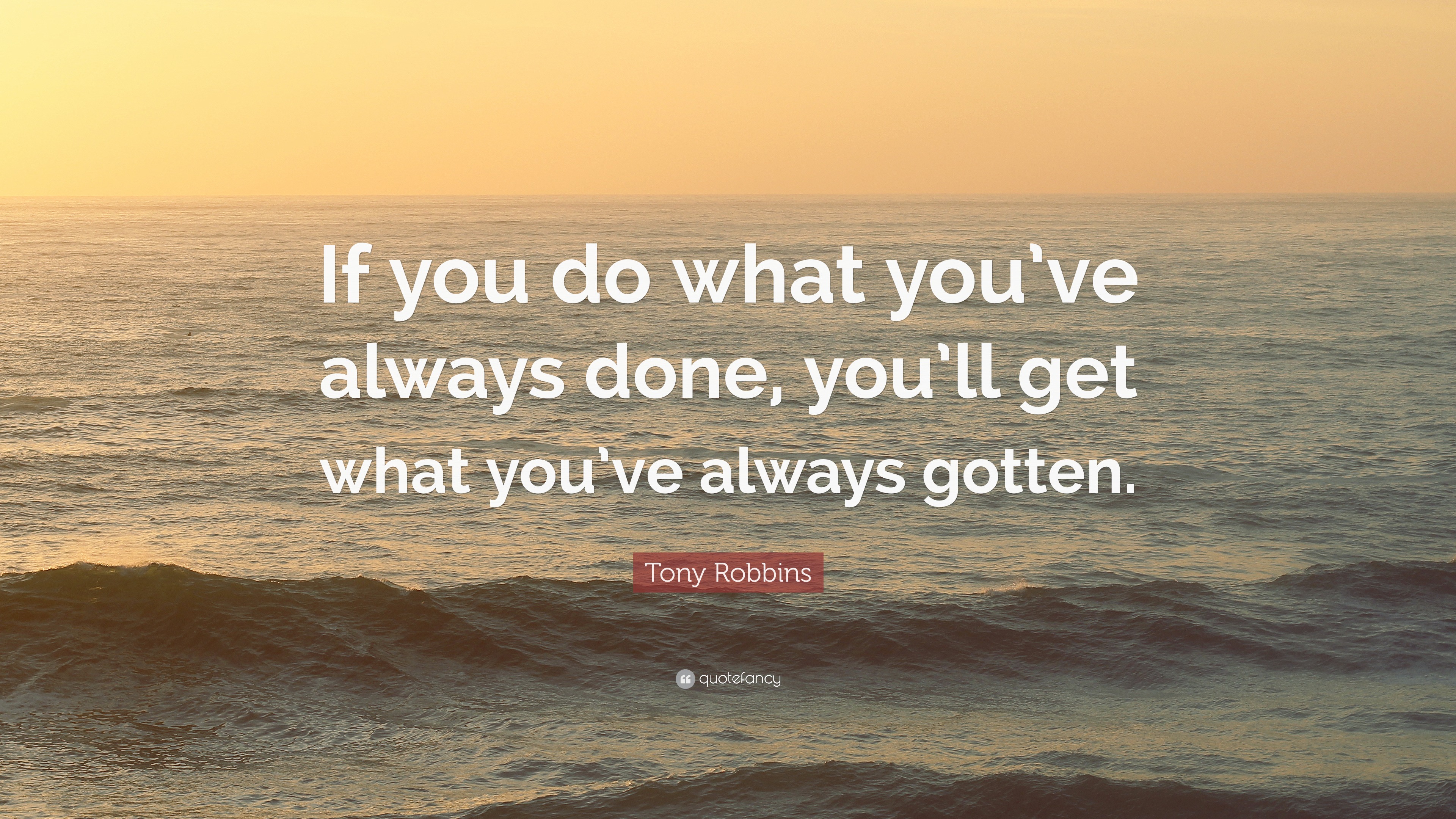
Rather the key to any lasting productivity system is to keep it as simple as possible and to use it as often as possible. Allen doesn’t even make a case for digital over analog systems. GTD doesn’t require a specific tool, app, or product. Though the basis of GTD are these five simple steps, they’re not always easy to execute. Some very specific but seemingly mundane behaviors, when applied, produce the capacity to exist in a kind of sophisticated spontaneity, which, in my experience, is a key element to a successful life. Instead, you’ll be able to respond to incoming information calmly and prioritize your time confidently. You’ll no longer worry about forgetting a deadline or missing an important task. While GTD requires an upfront investment in time and energy to set up, it pays off with consistent use. Review: Frequently look over, update, and revise your lists.Įngage: Get to work on the important stuff. Add dates to your calendar, delegate projects to other people, file away reference material, and sort your tasks. Organize: Put everything into the right place. Decide if an item is a project, next action, or reference. Nothing is too big or small! These items go directly into your inboxes.Ĭlarify: Process what you’ve captured into clear and concrete action steps. The GTD method is made up of five simple practices to systematize the clutter in your brain and get things done:Ĭapture Everything: Capture anything that crosses your mind. The key to GTD isn’t the specific tools you choose but rather the habits you employ on a daily basis to think about and prioritize your work.
We get it done how to#
We'll be focusing on how to GTD with Todoist, but the same principles apply no matter what app you use. This guide will introduce you to GTD principles and workflows, and what we think is the most intuitive way to implement them. Have never GTD'd before (everyone should GTD at least once in their lives) Starts lots of projects but have trouble finishing them When your GTD workflow is set up right, you’ll be able to confidently answer “what should I be working on?” at any given moment without worrying that you might forget something important you need to do later.įeel overwhelmed by the amount of things you need to keep track of His GTD method lays out how to dump all your mental clutter into an external system and then organize it so you can focus on the right things at the right times. When information piles up in your head, it leads to stress, overwhelm, and uncertainty.Īllen observed that our brains are much better at processing information than storing it ("your head's a crappy office"). As a result, you spend more time thinking about your tasks than actually doing them. The methodology is based on a simple truth: The more information bouncing around inside your head, the harder it is to decide what needs attention. Copyright © 2016 by Simon Sinek Partners, LLC.Getting Things Done, or GTD for short, is a popular task management system created by productivity consultant David Allen. And, unlike the job, leadership lasts beyond whatever happens during the workday.Įxcerpted from Together is Better: A Little Book of Inspiration, in agreement with Portfolio, an imprint of Penguin Publishing Group, a division of Penguin Random House LLC. It’s the hard work of training people, coaching people, believing in people and trusting people.

Not the hard work of doing the job-it’s the hard work of learning to let go. Get that right, and everybody wins-employees and customers. CEOs are responsible for the people who are responsible for the customer.

There isn’t a CEO on the planet who is responsible for the customer. This is one of the hardest lessons to learn when we get promoted to a position of leadership-that we are no longer responsible for doing the job, we are now responsible for the people who do the job. They manage us because no one taught them how to lead us. Of course they are going to tell us how we “should” do things. that’s what got them promoted in the first place. Because the person who got promoted really does know how to do our job better than we do. That’s why we get managers and not leaders inside companies.


 0 kommentar(er)
0 kommentar(er)
